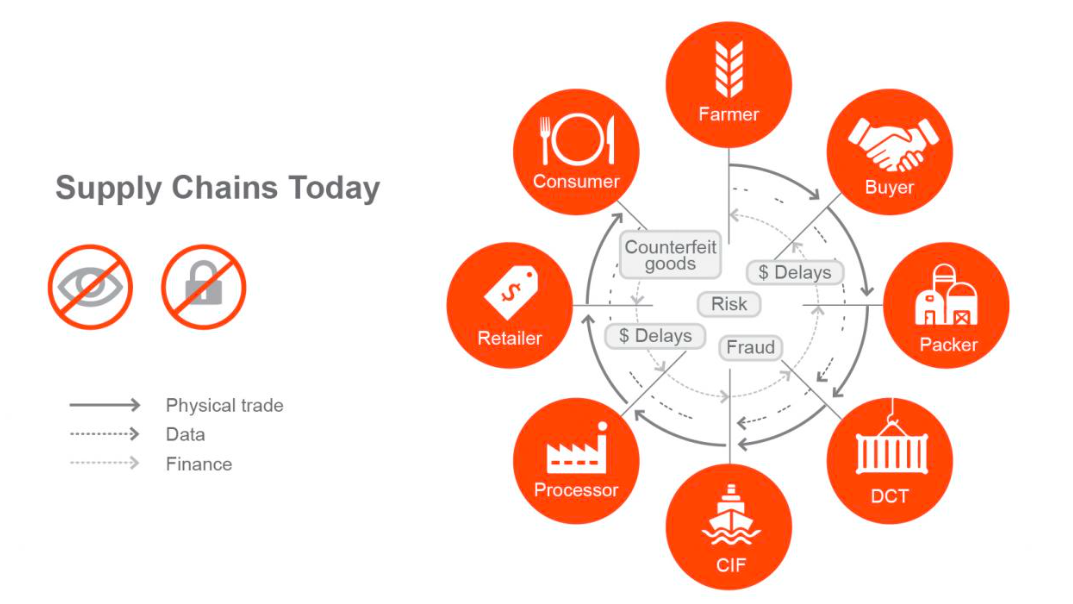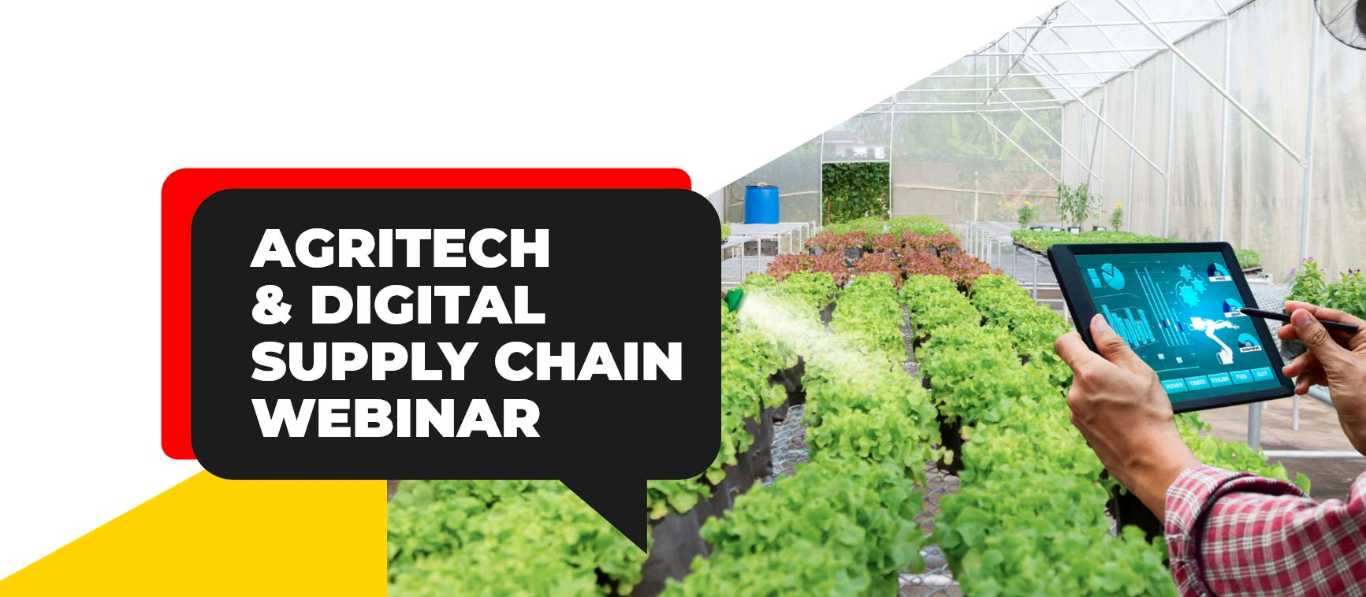The agricultural supply chain is the process that farmers use to get their food products from the farm to the consumer. This process includes the steps of production, processing, packaging, distribution, and retailing.
The supply chain has undergone several changes in recent years thanks to advances in technology and transportation. The result is a more efficient and reliable process that can get food to consumers faster and at a lower cost.
This article will look at the agricultural supply chain and how it has changed in recent years.
Production:
Production is one of the most important parts of the agricultural supply chain because it involves growing crops or raising livestock for sale in local markets or on large farms. The goal is to produce as much food as possible while ensuring that it meets strict quality standards so that consumers will want to buy it again and again.
Processing:
The first step in the agricultural supply chain is processing. This includes washing and cleaning produce before it goes into storage or onto trucks for shipment to market. The processing phase also involves the following:
- Cleaning and sorting grains.
- Seeds.
- Other raw materials for resale or further processing into food products, such as flour or oil.
Inventory Management:
Agriculture Inventory management systems help businesses keep track of what they have on hand and when they need to reorder more supplies. Inventory management software can also help businesses ensure they have enough items to get necessary supplies when an emergency arises.
Packaging:
Once farmers have identified what crops are ready for harvest, they must package them for transport. This involves cleaning off any dirt or debris from the plants and packaging them into boxes or crates for shipping purposes (depending on what type of produce was grown).
Distribution:
Distribution involves moving goods from producers to retailers or wholesalers so that they’re available for sale. For example, buying produce at your local farmers market or grocery store is likely transported from a different location by truck or train. In this case, distribution is handled by third parties such as food distributors and logistics companies who specialize in moving goods from one place to another.
Conclusion:
In other words, the agricultural supply chain has become more efficient than ever. These supply chains have allowed food to reach markets quicker and with less loss than ever. This is good news for farmers and consumers alike, not to mention the environment as well. While much has changed in this process over time, steps still need to be taken for it to continue evolving toward a more sustainable future.


